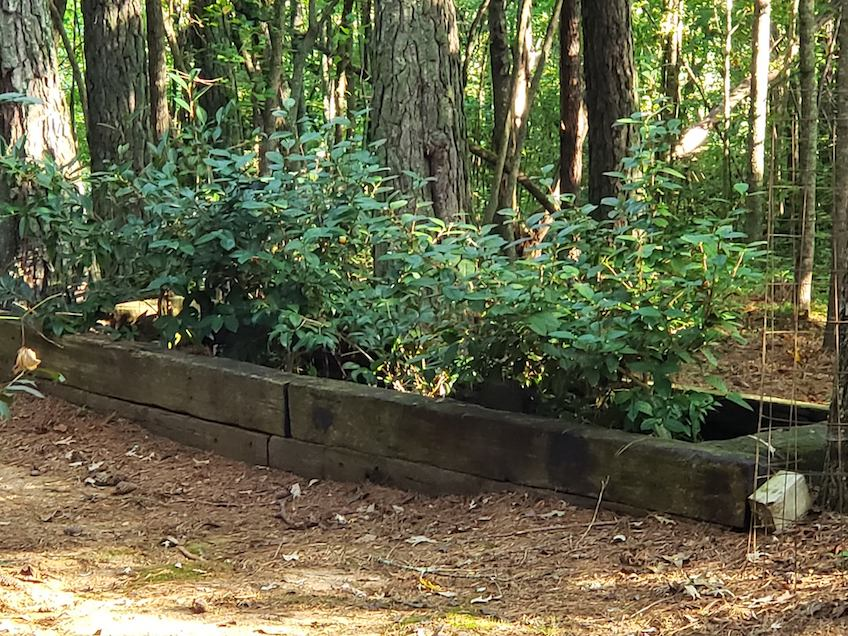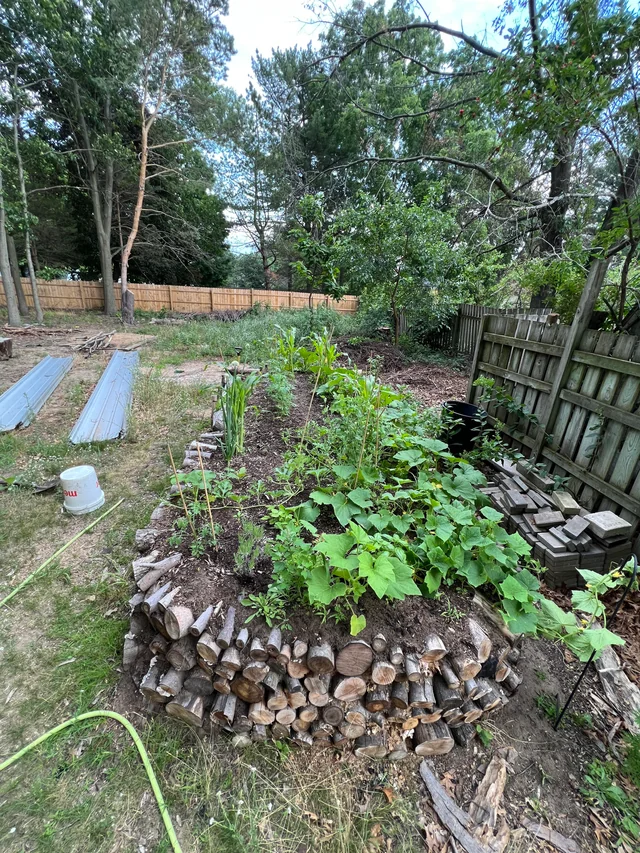Hugelkultur, a sustainable gardening technique that dates back centuries, is rapidly gaining popularity among modern gardeners for its numerous environmental and practical benefits. This method, which involves creating raised beds filled with decomposing wood and organic materials, provides a variety of advantages, such as improved soil fertility, water retention, and biodiversity. In this article, we’ll explore why every gardener should consider incorporating hugelkultur into their practices and offer a step-by-step guide on how to build a hugelkultur bed that thrives year-round.
The Many Benefits of Hugelkultur Beds
- Enhanced Soil Fertility
Hugelkultur beds naturally improve soil quality. As the wood and organic materials break down, they release essential nutrients back into the soil. Over time, this process builds nutrient-rich, fertile soil without the need for synthetic fertilizers, promoting healthier plant growth. - Water Retention
One of the most significant advantages of hugelkultur is its ability to retain moisture. The wood in the bed absorbs and stores water, ensuring that your plants stay hydrated during dry spells and reducing the need for frequent watering. This can help conserve water, making it especially beneficial in areas with water scarcity. - Natural Heat Generation
The decomposition process within the hugelkultur bed generates heat, warming the soil early in the spring and maintaining warmth well into the fall. This natural heating can extend the growing season, allowing gardeners to plant earlier and harvest later. - Biodiversity Support
Hugelkultur beds are ideal for promoting biodiversity. They provide habitats for beneficial insects, fungi, and microorganisms, which in turn support healthy plant growth. The variety of materials used in these beds attracts a wide range of life, enhancing the overall health and stability of your garden ecosystem. - Waste Reduction
Hugelkultur is an excellent method for repurposing yard waste. Fallen branches, leaves, and other organic materials that would typically be discarded can instead be used to build these beds. This practice helps reduce waste and turns what would be trash into valuable compost and nutrients for your garden.

How to Build a Hugelkultur Bed: A Simple Guide
- Choose the Right Location
Select a spot in your garden that receives ample sunlight, as this will ensure your plants receive enough energy for growth. Make sure the location is also accessible for watering and maintenance. - Prepare the Base
Start by placing large logs, branches, and twigs on the ground. This woody material will form the foundation of your hugelkultur bed. Pile the materials densely to a height of about 3 to 5 feet. The more organic matter you use, the better the bed will perform. - Add Organic Layers
On top of the wood, add layers of organic materials like leaves, grass clippings, straw, compost, and manure. Make sure each layer is watered thoroughly to help with the decomposition process. These layers will help retain moisture and provide additional nutrients as they break down. - Top with Soil
Once your organic layers are in place, cover the pile with a thick layer of topsoil. This will be the primary growing medium for your plants. The soil should be rich in nutrients and provide a stable environment for root growth. - Plant and Maintain
After the bed is built, you can start planting immediately. Choose plants that are suited to your climate and the soil conditions of your garden. Water the bed deeply to encourage settling and decomposition, and continue to maintain it by adding compost or organic matter as needed.
Conclusion
Incorporating hugelkultur into your gardening practice is a sustainable, eco-friendly way to create a productive, low-maintenance garden. By building a hugelkultur bed, you are not only improving soil health and water retention but also supporting biodiversity and reducing waste. This method provides long-term benefits that make gardening more enjoyable and rewarding. Whether you’re a novice gardener or an experienced grower, hugelkultur is a valuable technique to add to your gardening toolkit.
